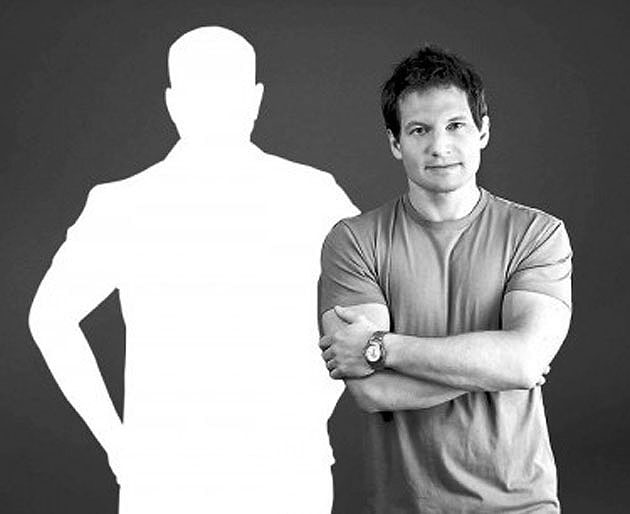The Lifespan of a Fact by John D’Agata and Jim Fengal
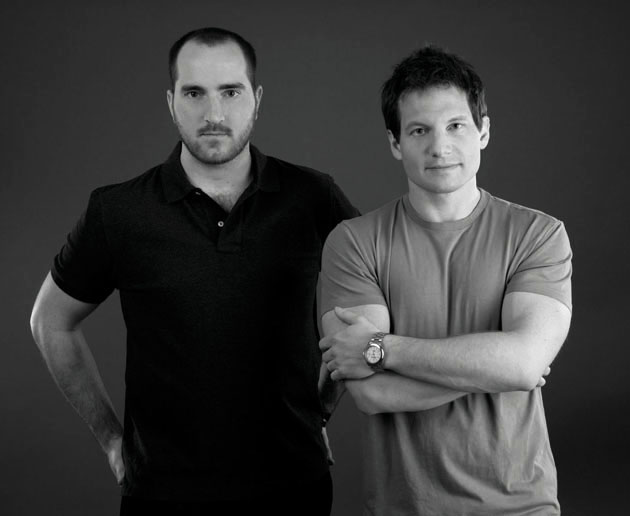
There has been a considerable amount of debate lately over whether or not essayist John D’Agata has the right to present fiction as fact. The muscled author behind “About a Mountain” and the lightly controversial new book “The Lifespan of a Fact” seems to be spending a fair amount of his non-teaching time championing an old mantra of David Byrne’s: “facts all come with a point of view, facts don’t do what I want them to, facts just twist the truth around, facts are living turned inside out.” A friend of facts D’Agata ain’t.
To set it straight for those who haven’t read the book, D’Agata claims duty only to Truth with a capital T, not the pesky facts that try and stop him along the way. To him, the two seem to be mutually exclusive. The problem with D’Agata assigning himself to the role of God (an authority that permits a fictional story to be guised as a “lyrical essay” and sold to the public as “journalism”) is that it ultimately gets in the way of the story he’s trying to tell. D’Agata alters facts and dreams up realities that only exist in the depths of his imagination, often for arbitrary reasons. He changes things small―the number of Vegas strip clubs, from thirty-one to thirty-four; the color of a van, from pink to purple―and large: the history of Tae Kwon Do, relying on “coincidences” that aren’t in fact real, making up quotes and attributing them to people he never spoke to. In short, writing fiction. All of which begs the question: Is D’Agata more concerned with his own prose than he is with the subjects he writes about?
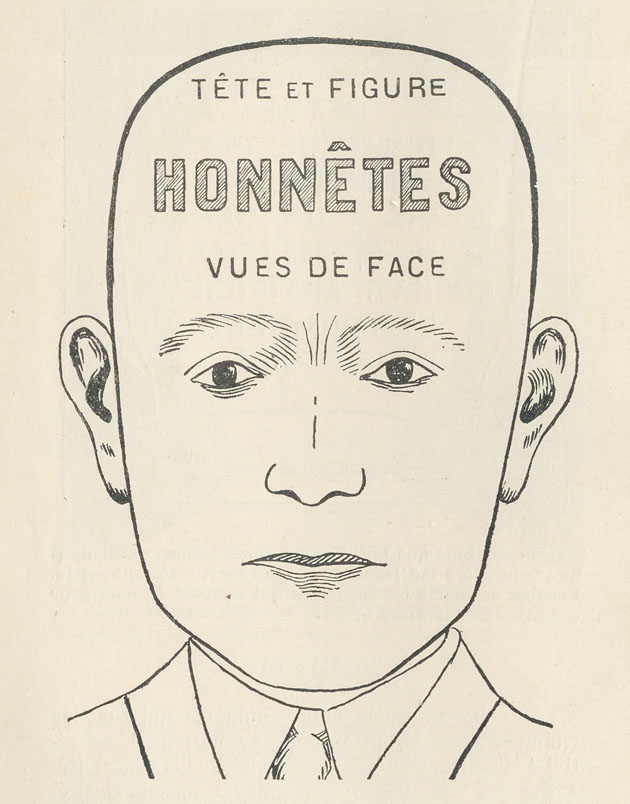
“I don’t think it’s ok for us to say, ‘In your memoir about growing up and liking pie, it’s completely ok to alter the facts’,” D’Agata said in a recent interview with NPR. “’But when dealing with huge issues like suicide or nuclear waste, it’s not ok.’ The subject in this essay is amped up to get us to pay attention.”
Wait, aren’t these weightier cultural issues the ones we need to verify? Most people don’t give a shit if you lie about what kind of pie you liked growing up, because your preference for pie is inconsequential. The details surrounding a suicide epidemic―or, say, nuclear waste―are not. Unless I’m missing something.
Monologist Mike Daisey was recently put through the meat grinder for presenting his controversial theatre piece about Apple’s overseas labor practices (“The Agony and Ecstasy of Steve Jobs”) as journalism on This American Life. Turned out Daisey fabricated a large part of his story, including gruesome stories about the working conditions of Chinese labor workers. No good, right? “It was a fine bit of theater,” wrote David Carr of the New York Times. “It worked less well as a piece of journalism.” Speaking for the general public, Carr went on to condemn Daisey’s apparent supposition “that you have to cheat to come up with remarkable journalism that tilts the rink.”
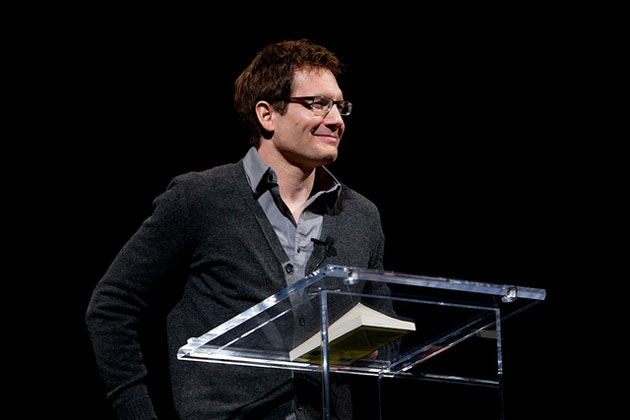
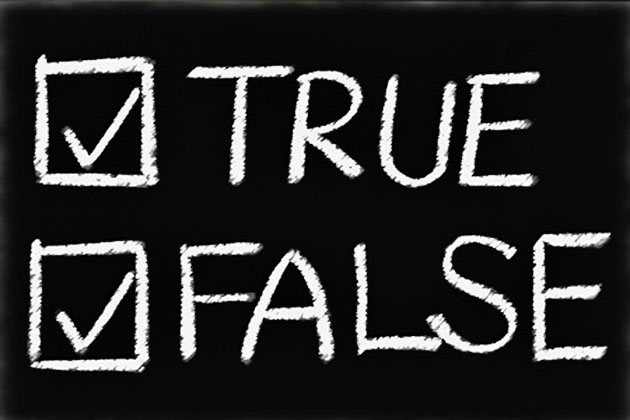
D’Agata cheats while simultaneously arguing that he’s not a journalist. Like Daisey, who also claimed he wasn’t a journalist, he presents his work as if it were journalism. But why publish a fictional essay as non-fictional, narrative journalism? And why is “The Lifespan of a Fact”, a book made up of fabricated conversations and scenarios, as a non-fictional insider’s look at the fact-checking process? Why is there no disclaimer? Why not just call it what it is―that is, why not call it fiction?
Because Lifespan wouldn’t fare nearly as well if it was. (Does anyone remember A Million Little Pieces?) Neither would the essay that anchors the book, “What Happens There”, about a Las Vegas teenager who jumped to his death from the roof of the Stratosphere Casino in 2002. Given the subject matter, and D’Agata’s approach to it, it’s clear he wants what he’s saying to pass for reality, at least in the eyes of his readers. Throughout the book Jim Fengal, D’Agata’s fact-checker, asks, “What gives you the authority to introduce half-baked legend as fact and sidestep questions of facticity?” John replies: “It’s called art, dickhead.” Unfortunately, this conviction―that artistic merit must come at the expense of the audience’s integrity―makes reading him more trouble than it’s worth.
